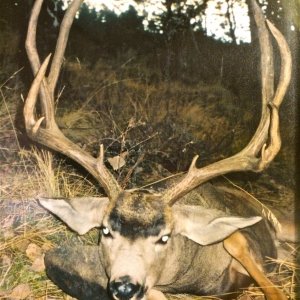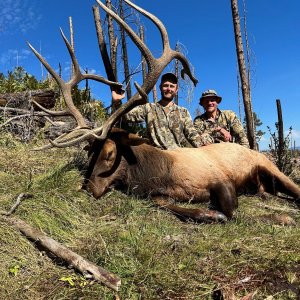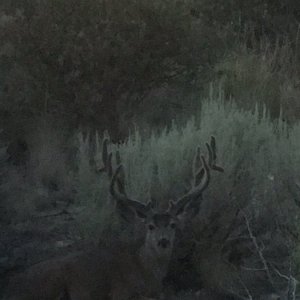elks96
Long Time Member
- Messages
- 3,802
for years I have wanted to compile a library of studies on wildlife related issues. But have failed to do so… I have looked at a ton of different studies, papers etc.
Right now I am trying to support the argument that regulated buck harvest is not a limiting factor on herds so long as there is an adequate buck to doe ratio.
Does anyone have some studies to support this idea?
I know it is well accepted that female harvest is the way to control populations, I also know that 12 bucks to 100 doe is considered a baseline for buck to doe ratios. I know that high pregnancy rates is the first step. Then successful birth is the next, followed by fawn survival…
Does anyone have any proof that pregnancy rates are a problem in our herds?
Thanks…
Right now I am trying to support the argument that regulated buck harvest is not a limiting factor on herds so long as there is an adequate buck to doe ratio.
Does anyone have some studies to support this idea?
I know it is well accepted that female harvest is the way to control populations, I also know that 12 bucks to 100 doe is considered a baseline for buck to doe ratios. I know that high pregnancy rates is the first step. Then successful birth is the next, followed by fawn survival…
Does anyone have any proof that pregnancy rates are a problem in our herds?
Thanks…

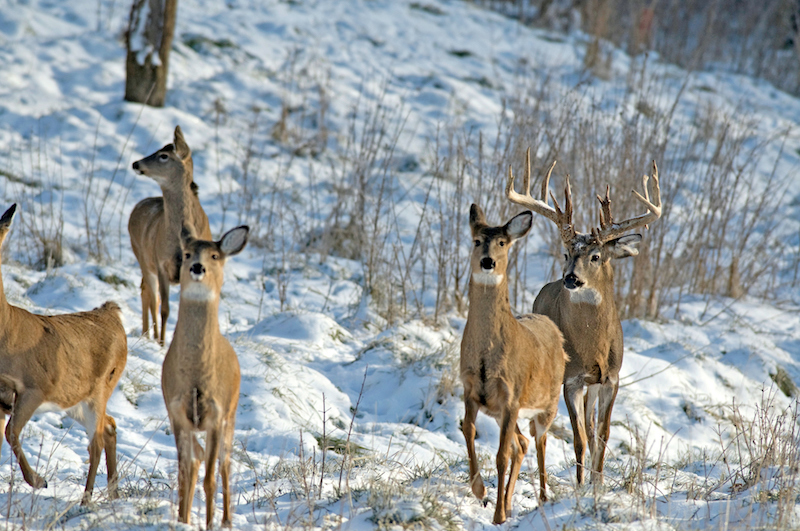
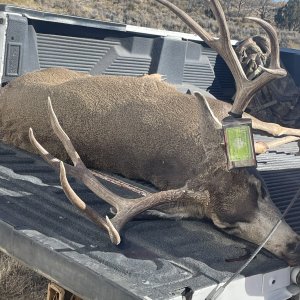
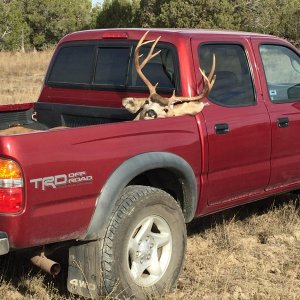
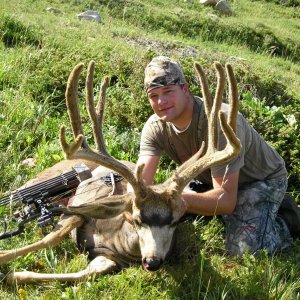
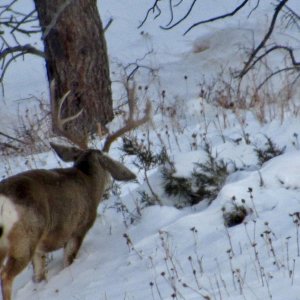
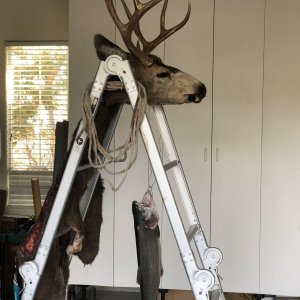
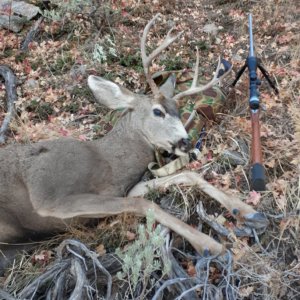
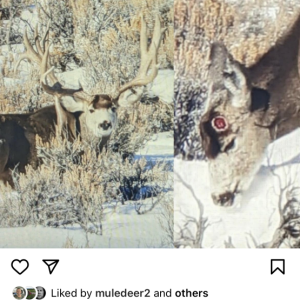
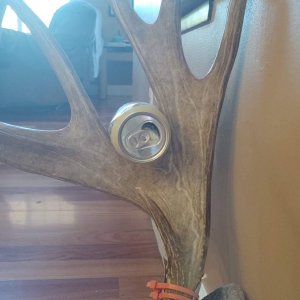
![IMG_20161123_155032041_HDR[1].jpg](/xf/data/xfmg/thumbnail/31/31959-28b49492193dcdcdcc7501f046a6306d.jpg?1673638202)
